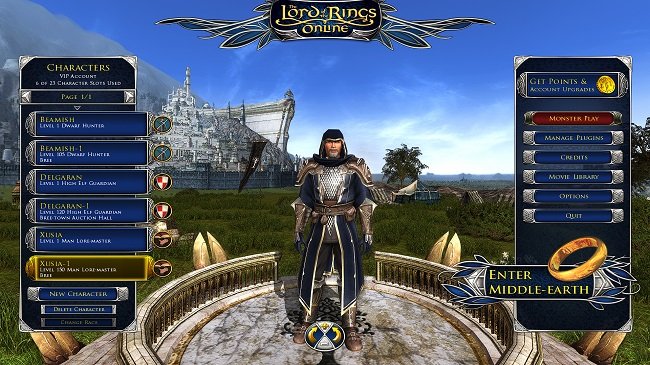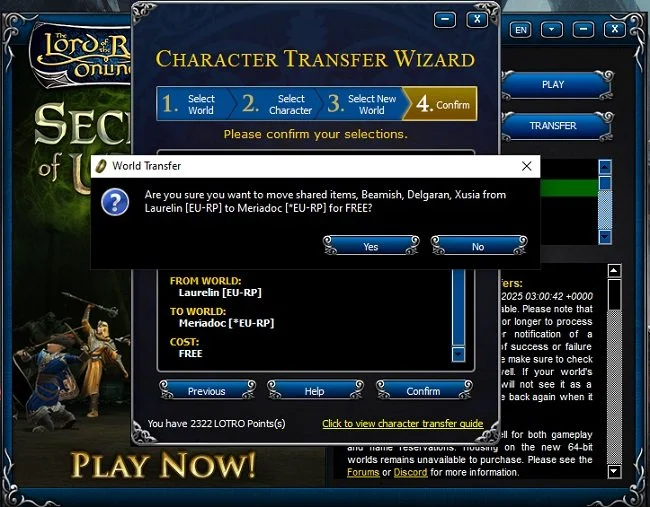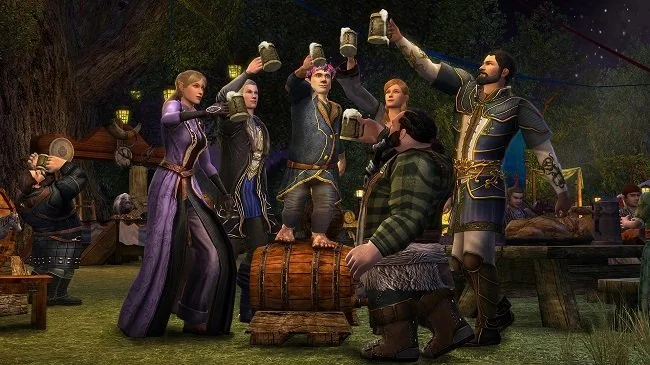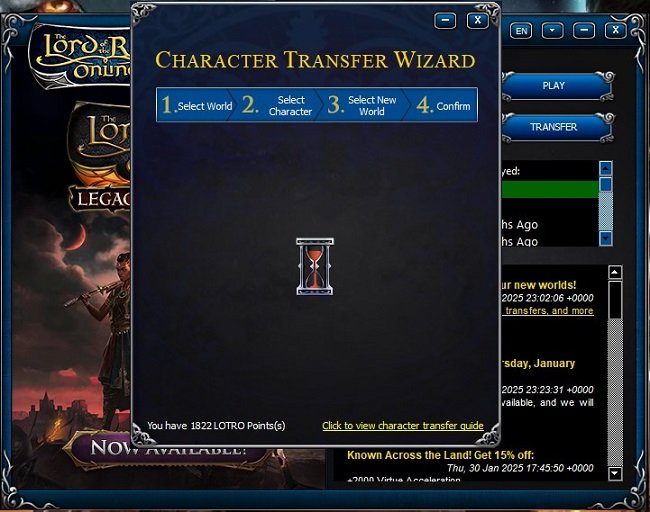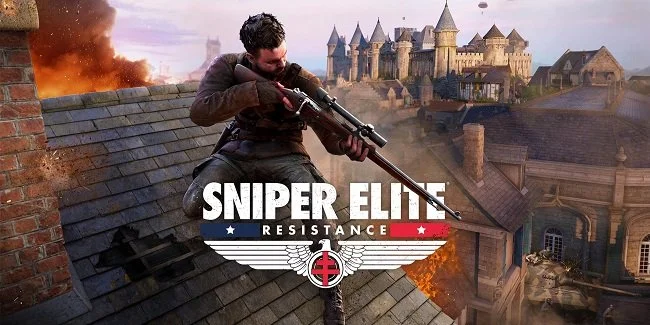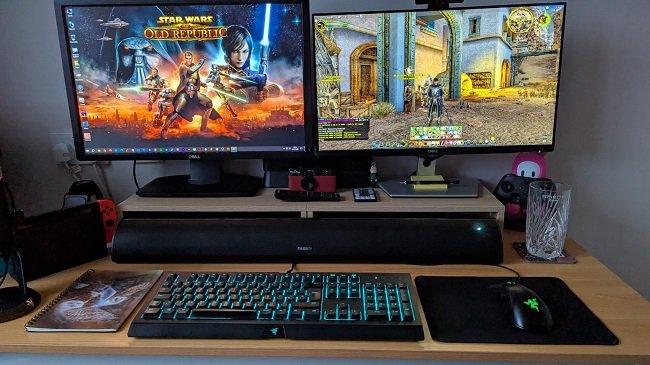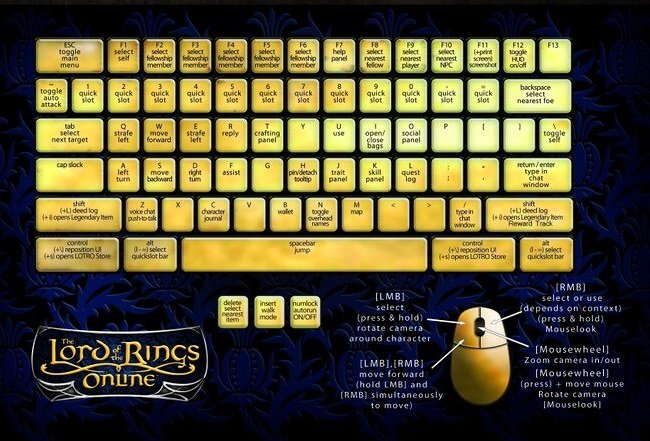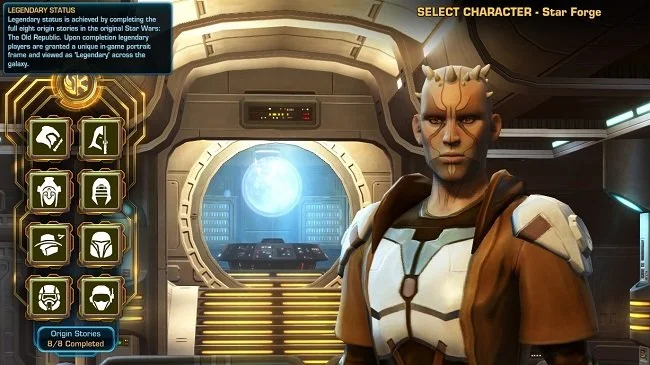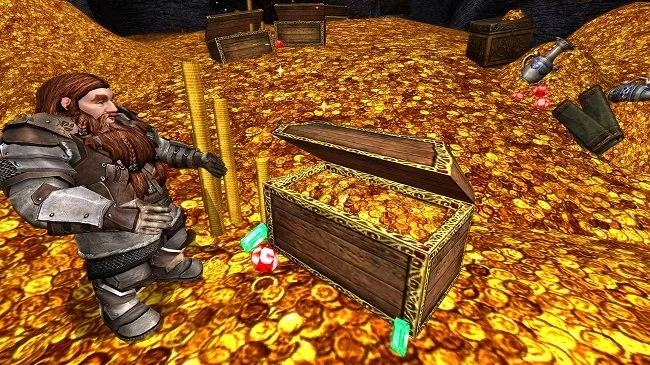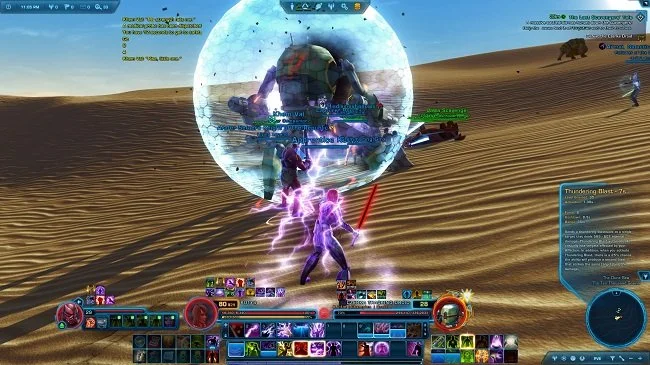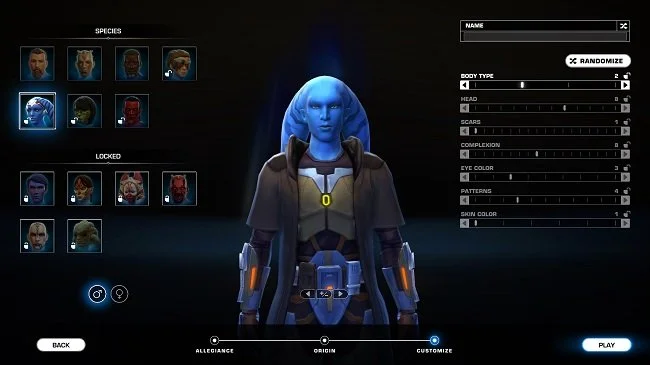Watching Other People Play Video Games
The notion of live streaming or recording video game playthroughs is now a clearly established part of popular culture. It is something you can do while sitting on your sofa, watching TV in your lounge. A decade ago, people were far more sceptical about it and would scratch their head and ask “why would you want to watch someone else play a game”? Yet here we are in 2025 and 15% of YouTube content is about video games. Furthermore 20 out of the top 100 content creators are producing video game related material. As of last year, YouTube videos about games were generating 6 billion monthly views, on average. Where there are views, there’s advertising. Hence there’s the potential to make a lot of money, which only encourages further growth.
I won’t waste too much time extolling the virtues of Twitch TV and YouTube from a gamers perspective. They provide free marketing and promotion of video games along with a wealth of useful tips and hints. In many ways, videos can be far better than in-game tutorials. Content creators can also create communities. If I am considering buying a new game, I will always go online to watch some gameplay footage prior to purchase, to see if the game suits my personal tastes. Hence, in principle all of these examples are useful things. The content creators do all the immediate work and provide a service that is easy to consume and essentially free. However, if you examine this “cottage industry” a little more closely, then you’ll find that there are plenty of potential flaws and pitfalls.
Dr Disrespect is a well known internet twat
Content creators are not held to any professional standards or subject to any code of ethics. Hence, things may not always be as they appear and expressed views may be driven by other agendas, rather than being purely personal opinion. Furthermore, the bar for uploading material to YouTube is pretty low. It is technically not that difficult to do and as a result the standard of content varies greatly. The ability to press record and talk is no guarantee of quality. I suppose the politest thing that can be said is that there is a lot of “white noise” out there. The democratisation of video production has many positive virtues. People can make niche market content and connect with others all over the world to build communities. However, there is virtually no quality control and the free market approach leads to a race to the bottom.
Like many other people, I have watched YouTube videos and thought to myself “well if they can do that, so can I”. Sometimes I think with a degree of hubris, that I could do better. So I have decided to carry out a few test recordings of video game footage and see if I can edit together some content suitable to upload to my abandoned YouTube channel. So I have purchased some video editing software and will spend the next few weeks seeing what I can come up with. I have no aspirations beyond this at present. I’m more interested in the process of making videos, rather than growing a YouTube channel. The latter seems like a lot of hard work as you try to identify a target audience and then produce regular content to appeal to that demographic. It is an already saturated market that is very competitive. Plus YouTube places a lot of restrictions upon content that seeks monetisation.





